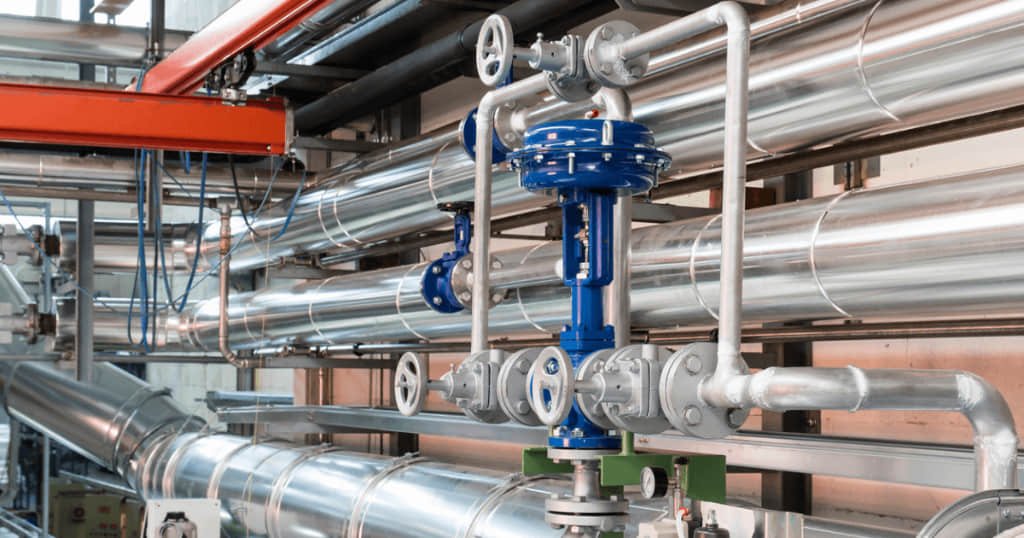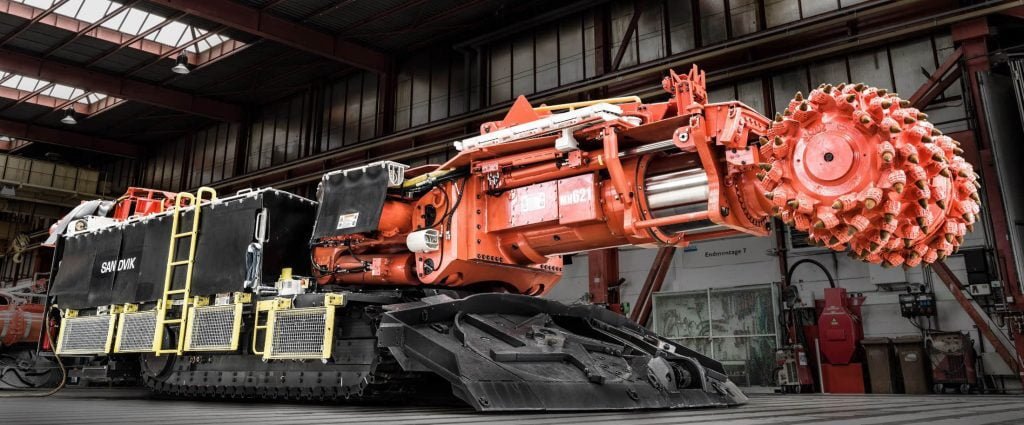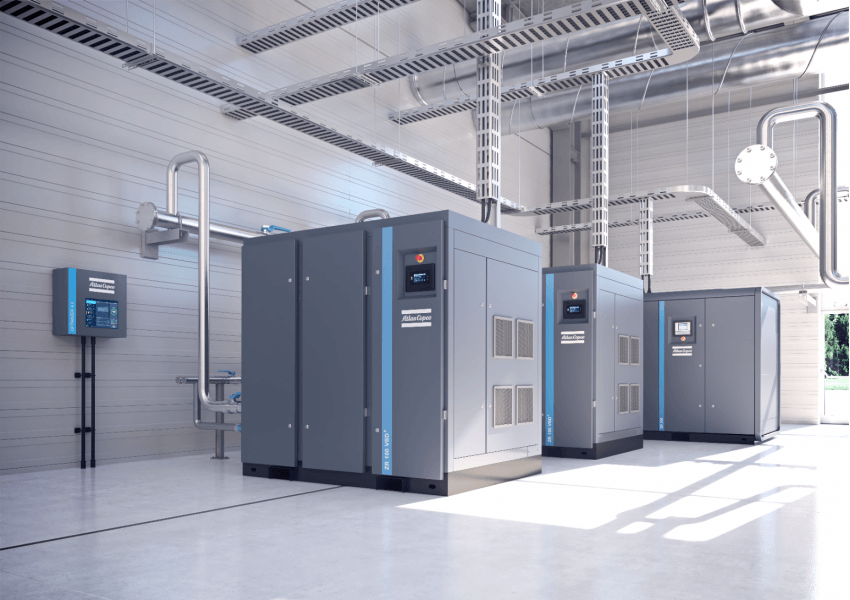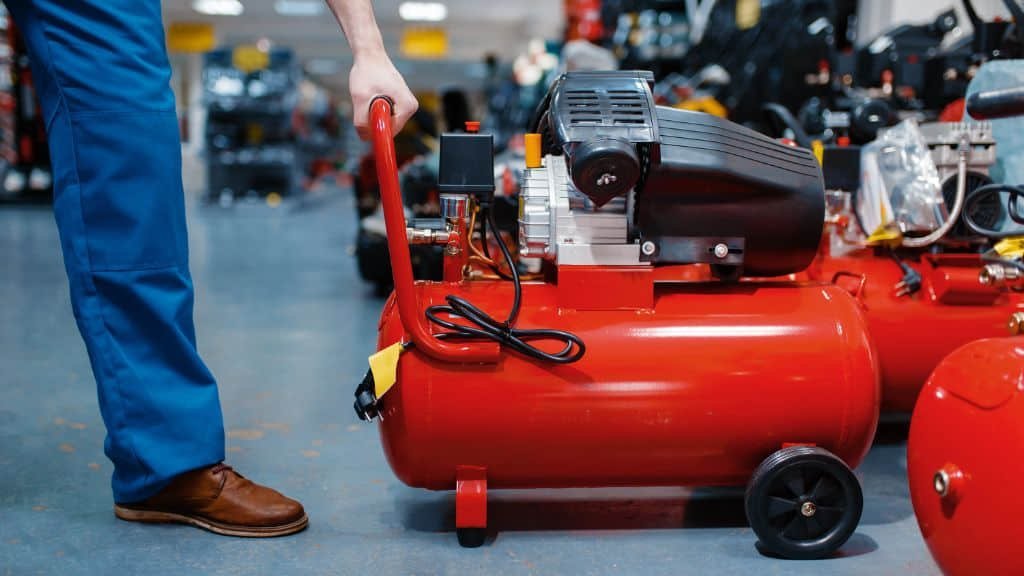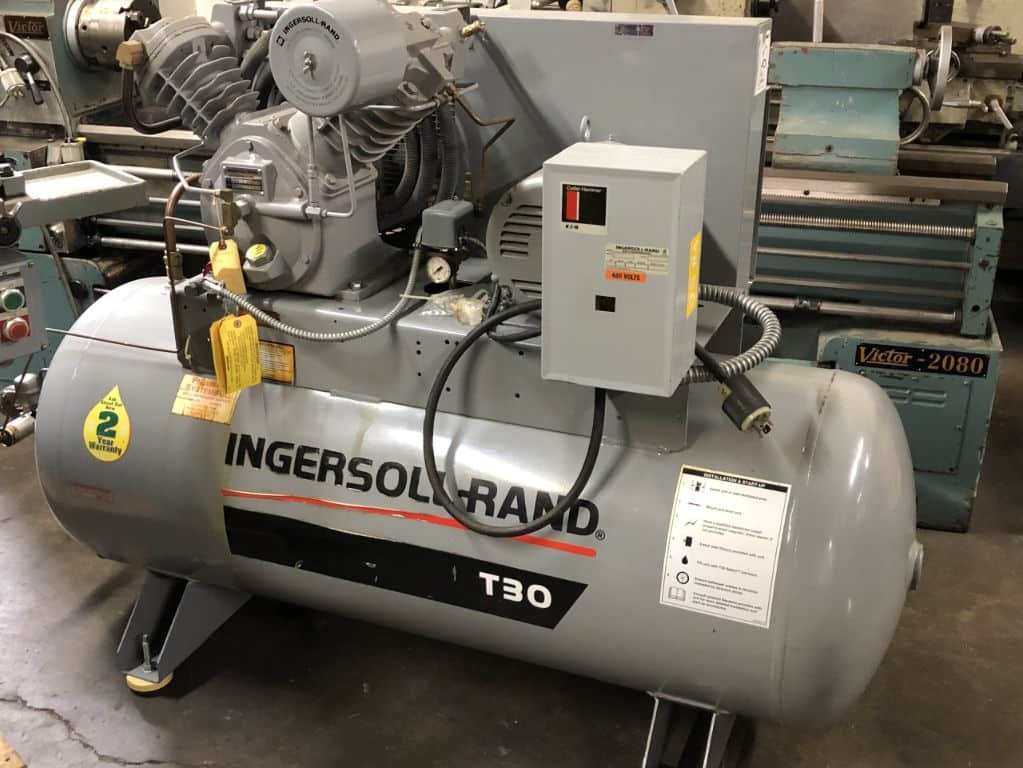Air compressor piping is an essential component of any compressed air system. It is responsible for transporting compressed air from the compressor to the point of use. However, poorly designed or installed air compressor piping can lead to pressure drop, leaks, and increased energy consumption. In this article, we will discuss the best practices and installation tips for mastering air compressor piping.
Choosing the Right Piping Materials
The first step in mastering air compressor piping is choosing the right piping materials. The most common materials used for air compressor piping are black iron, copper, aluminum, and stainless steel. Each material has its advantages and disadvantages, depending on the application.
Black iron piping is the most common material used for air compressor piping. It is durable, inexpensive, and readily available. However, it is susceptible to corrosion, which can lead to leaks and reduced airflow.
Copper piping is a popular choice for air compressor piping because of its excellent corrosion resistance. It is also easy to install and maintain. However, it is more expensive than black iron piping and can be difficult to work with.
Aluminum piping is lightweight, corrosion-resistant, and easy to install. It is also more expensive than black iron piping, but it is a good choice for applications where weight is a concern.
Stainless steel piping is the most expensive material used for air compressor piping. However, it is the most durable and corrosion-resistant. It is also suitable for high-temperature applications.
Sizing Air Compressor Piping
The next step in mastering air compressor piping is sizing the piping correctly. The size of the piping will depend on the flow rate of the compressed air, the length of the piping, and the number of fittings and valves. Undersized piping can lead to pressure drop, while oversized piping can lead to increased energy consumption.
To size air compressor piping, you will need to calculate the flow rate of the compressed air in cubic feet per minute (CFM). You can then use the CFM value to determine the appropriate pipe diameter using a pipe sizing chart or calculator.
Preventing Pressure Drop
Pressure drop is a common problem in air compressor piping systems. It occurs when the compressed air loses pressure as it flows through the piping. Pressure drop can lead to reduced efficiency, increased energy consumption, and reduced tool performance.
To prevent pressure drop, you will need to choose the right piping materials, size the piping correctly, and minimize the number of fittings and valves. You should also avoid using long runs of piping or excessively small pipe diameters.
Installation Tips
Proper installation is critical to the performance of air compressor piping systems. Here are some installation tips to follow:
- Use proper supports and hangers to prevent sagging or stress on the piping.
- Avoid sharp bends or turns in the piping.
- Use Teflon tape or pipe thread sealant on all threaded connections to prevent leaks.
- Install a moisture trap and filter near the compressor to prevent moisture and debris from entering the piping system.
Maintenance
Regular maintenance is essential for the longevity and performance of air compressor piping systems. Here are some maintenance tips to follow:
- Check for leaks regularly and repair them promptly.
- Drain moisture from the piping system regularly.
- Replace filters and moisture traps as needed.
- Inspect the piping system for signs of corrosion or damage.
In conclusion, mastering air compressor piping requires choosing the right piping materials, sizing the piping correctly, preventing pressure drop, proper installation, and regular maintenance. By following these best practices and installation tips, you can ensure the longevity and performance of your compressed air system.
